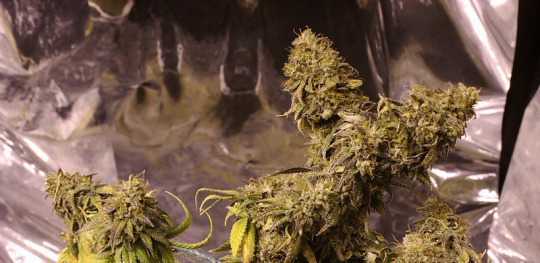Text
Marijuana heals and recovers

Marijuana imitates such a large number of neurological responses of different drugs that it is greatly hard to order in a particular class. Analysts will put it in any of these classifications: hallucinogenic; psychedelic drug; or serotonin inhibitor. It has properties that copy comparable substance reactions as opioids. The explanation behind this perplexity is the multifaceted nature of the various psychoactive properties found inside marijuana, both known and obscure. One late customer I saw couldn't recuperate from the visual mutilations he endured because of inescapable hallucinogenic use as long as he was all the while smoking marijuana. This appeared to be because of the hallucinogenic properties found inside dynamic cannabis (Ashton, 2001). Despite the fact that not sufficiently solid to create these visual twists without anyone else, marijuana was sufficiently solid to keep the mind from mending and recuperating.
Neurophysical Effects of THC:
Neurological messages between transmitters and receptors not just have power over feelings and mental functioning. It is similarly how the body reins both volitional and nonvolitional working. The cerebellum and the basal ganglia control all substantial development and coordination. These are two of the most liberally invigorated regions of the mind that are activated by marijuana. This clarifies marijuana's physiological impact causing adjusted pulse (Van Tuyl, 2007), and a debilitating of the muscles (Doweiko, 2009). THC at last influences all neuromotor action to some degree (Gold, Frost-Pineda, and Jacobs, 2004).
An intriguing marvel I have seen in all customers who recognize marijuana as their drug of decision is the utilization of marijuana smoking before eating. This is clarified by impacts of marijuana on the "CB-1" receptor. The CB-1 receptors in the cerebrum are discovered vigorously in the limbic framework, or the nucleolus accumbens, which controls the reward pathways (Martin, 2004). These reward pathways are what influence the hunger and dietary patterns as a feature of the body's characteristic survival nature, making us ache for eating nourishment and compensating us with dopamine when we at long last do (Hazeldon, 2005). Martin (2004) makes this association; calling attention to that remarkable to marijuana clients is the incitement of the CB-1 receptor straightforwardly setting off the craving.
The intensity of marijuana is estimated by the THC content inside. As the market in the city turns out to be more focused, the power in the city turns out to be more unadulterated. This has caused a pattern in regularly rising strength that reacts to request. One typical joint of weed smoke today has an indistinguishable THC intensity from ten normal joints of weed smoked amid the 1960's (Hazelden, 2005).

THC levels will depend for the most part on what part of the cannabis leaf is being utilized for creation. For example cannabis bud can be between two to nine times more strong than completely created clears out. Hash oil, a type of marijuana created by refining cannabis tar, can yield more elevated amounts of THC than even high review buds (Gold, Frost-Pineda, and Jacobs, 2004).
The need to raise the measure of marijuana one smokes, or the need to escalate from poor quality to high review is referred to clinically as tolerance. The mind is productive. As it perceives that neuroreceptors are being animated without the neurotransmitters radiating those compound flags, the cerebrum creatively brings down its concoction yield so the aggregate levels are back to typical. The smoker won't feel the high any longer as his mind is currently "enduring" the more elevated amounts of synthetic concoctions and he or she has returned to feeling ordinary. The smoker presently raises the measurement to recover the old high and the cycle proceeds. The smoker may discover exchanging up in grades powerful for some time. In the end the cerebrum can stop to deliver the compound out and out, totally depending on the engineered adaptation being ingested (Gold, Frost-Pineda, and Jacobs, 2004; Hazelden, 2005).
6 notes
·
View notes